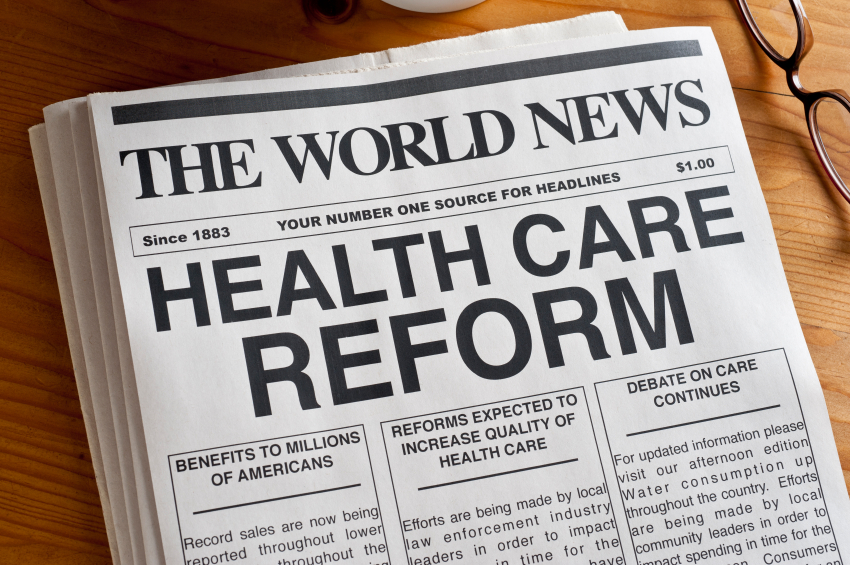Ensuring Continuity of Care for Individuals Transitioning from Medicaid to Marketplace: Post-PHE Considerations for States

Sabrina Corlette and Jason Levitis*
When the COVID-19 public health emergency (PHE) ends, an estimated five to six million people are projected to be disenrolled from Medicaid but eligible for subsidies on the Affordable Care Act Marketplaces. Many of those losing their Medicaid benefits will have health needs requiring uninterrupted care. Medicaid enrollees tend to have poorer health than the general population and are disproportionately likely to have diabetes, hypertension, asthma, mental illness or a substance use disorder. Even generally healthy people could be in the midst of a hospitalization, recovering from injury or trauma, or in the latter stages of pregnancy when their Medicaid benefits are terminated. Many, regardless of health status, will have longstanding relationships with a family doctor, OB/GYN, or pediatrician, or rely on continued access to a particular prescription.
Yet people who transition from Medicaid to the Marketplace will enroll in plans with different benefit designs, drug formularies, provider networks, and cost-sharing policies than their Medicaid coverage. Services they previously received for free could come with deductibles or other cost-sharing. Hospitals and doctors may suddenly become “out-of-network,” which for most Marketplace plans means their services are not covered at all. Patients may be required to re-submit paperwork to receive prior authorization for services that their previous plan had already approved. For state Medicaid agencies, Marketplace officials, and insurance regulators, helping people maintain continuity of insurance coverage is only part of the challenge. States will need to give equal attention to ensuring continuity of care.
In their latest Expert Perspective for the State Health & Value Strategies Project, Sabrina Corlette and Jason Levitis outline several policy and operational changes state-based Marketplaces and departments of insurance can implement to help transitioning individuals maintain their access to critical health care items and services. You can read the full article here.
* Jason Levitis is a Senior Fellow with the Urban Institute’s Health Policy Center








